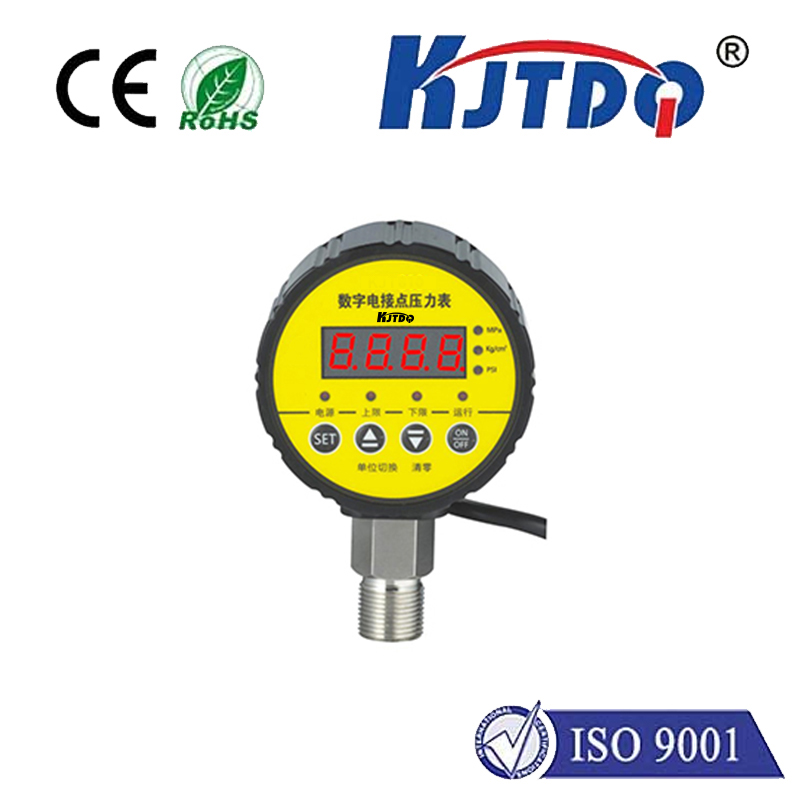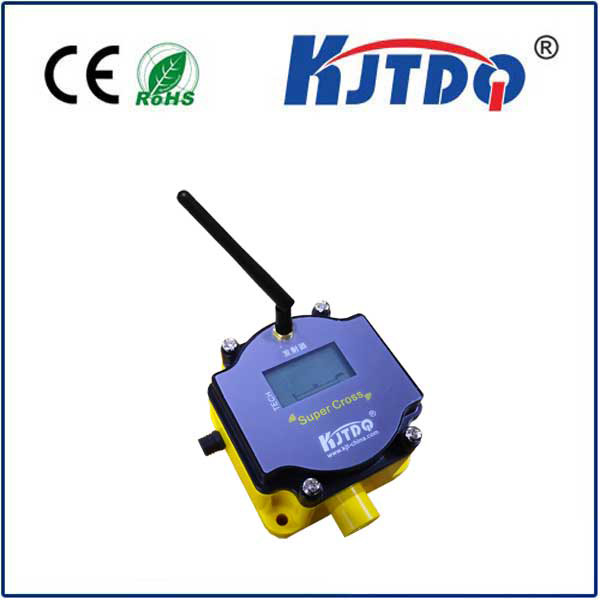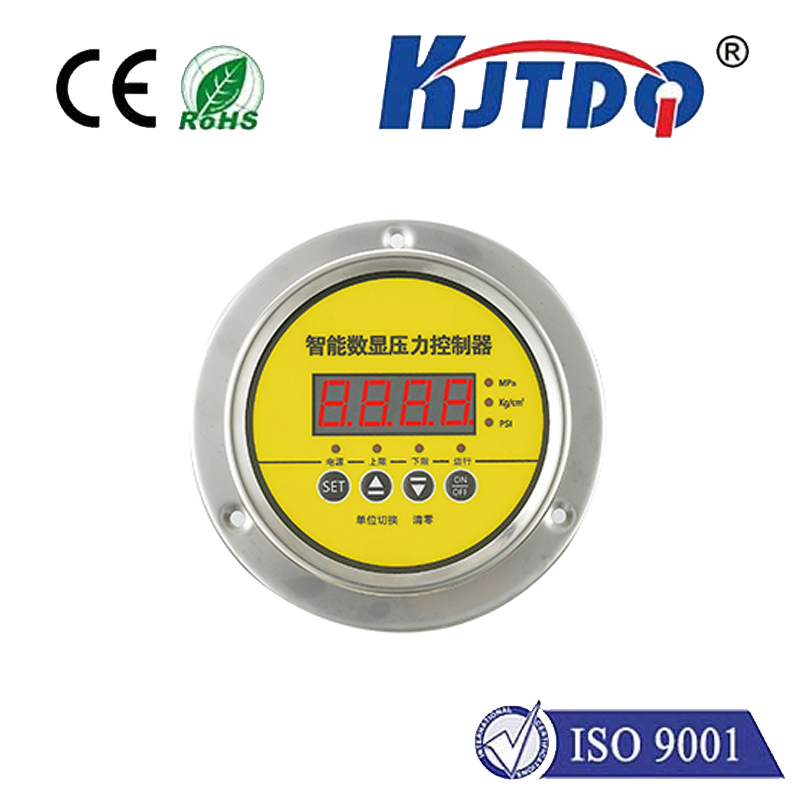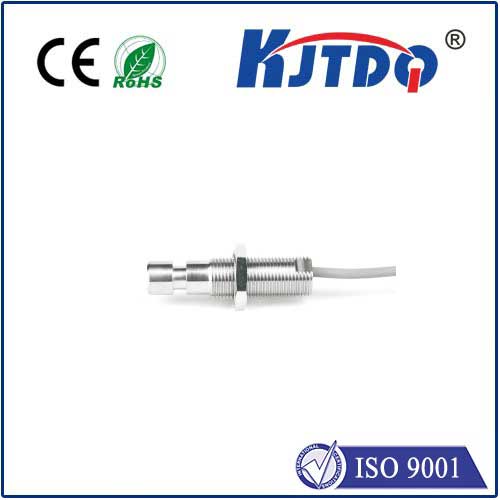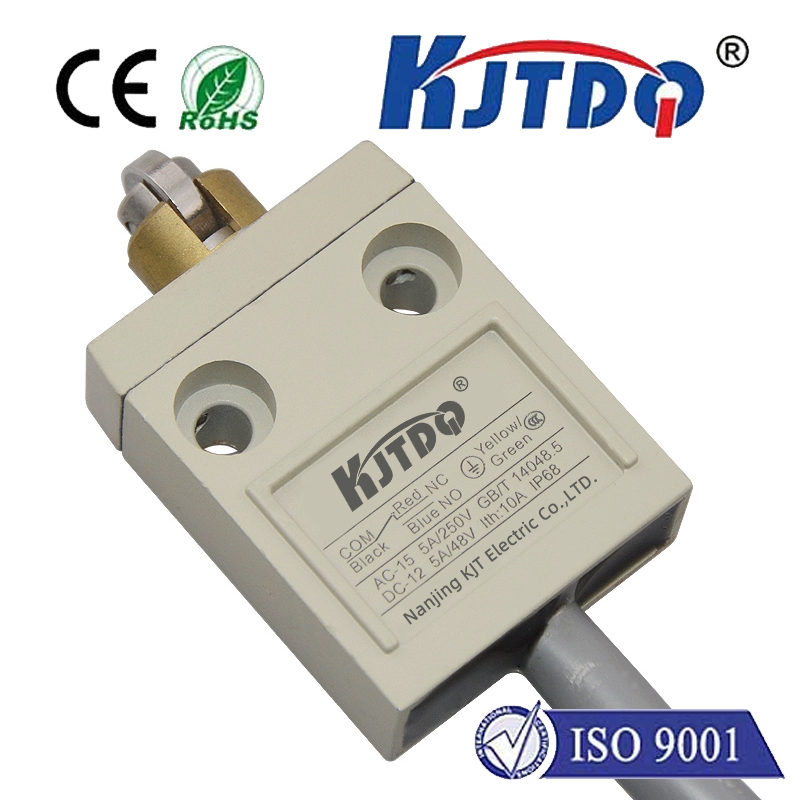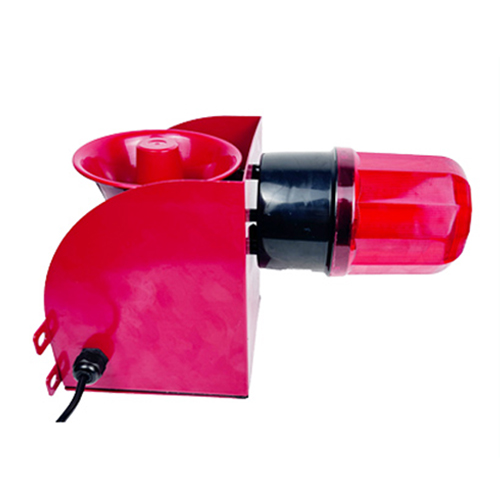

check

check

check

check
Imagine a massive hydraulic press shaping steel, a high-pressure pump driving essential fluids, or injection moulding equipment operating under immense force. Suddenly, a critical component fails, triggering costly downtime and potential safety hazards. Often, the unsung hero – or the unseen point of failure – in these punishing scenarios is the proximity sensor tasked with detecting position or presence. For environments where pressure isn’t just a factor, but the defining characteristic, standard sensors simply buckle. *This is precisely where purpose-built solutions like the BES0086 High Pressure Proximity Sensor demonstrate their indispensable value.** Designed to perform flawlessly where others falter, this sensor is engineered for resilience and precision in the most challenging industrial settings.
Understanding the High-Pressure Proximity Challenge Conventional inductive proximity sensors excel in countless applications but face significant limitations under extreme pressure. Several critical challenges emerge:
Pressure-Induced Drift and Failure: Intense pressure can physically distort sensor housings and internal components, altering the sensing field and causing inaccurate detection or complete malfunction.
Sealing Integrity: Standard seals and potting materials can extrude, leak, or degrade under sustained high pressure, compromising the sensor’s internal electronics and leading to premature failure. Contaminants like hydraulic fluid or water ingress are common consequences.
Material Stress: Non-specialized housing materials may lack the tensile strength to withstand constant high-pressure cycles, risking rupture – a critical safety concern.
Signal Instability: Electrical characteristics can shift due to pressure effects on internal components, impacting the reliability of the output signal.

Ignoring these factors leads to unreliable operation, frequent sensor replacements, unplanned downtime, and ultimately, higher operational costs and safety risks. In high-pressure systems, a sensor failure isn’t just inconvenient; it can cascade into significant equipment damage or process disruption.
The BES0086: Engineered for Pressure Resilience The BES0086 High Pressure Proximity Sensor is not a minor adaptation; it represents a fundamental re-engineering for harsh pressure environments. Its design directly addresses the core challenges:
Robust, Pressure-Optimised Housing: Constructed from high-strength materials (typically stainless steel variants), the housing is specifically engineered to resist deformation and maintain structural integrity even under continuous exposure to pressures typically rated up to 600 bar (8700 psi) or higher, depending on the specific variant. This robust construction forms the first critical line of defense.
Superior Sealing Technology: Advanced, multi-stage sealing systems are employed. These often involve specialized elastomers and precise sealing geometries designed to withstand extrusion and maintain a hermetic barrier against fluids and contaminants under extreme pressure differentials.
Internal Component Protection: Internal electronics are meticulously potted or sealed using high-pressure-resistant compounds. This crucial step prevents pressure transfer to sensitive components, mitigates the risk of internal arcing under pressure, and ensures long-term stability of the sensing circuitry.
Specialised Sensing Coil Design: The inductive sensing coil itself is optimized for stability. Its design minimizes susceptibility to pressure-induced shifts in inductance or capacitance, ensuring consistent and reliable detection performance regardless of the ambient pressure conditions.
High-Pressure Testing: Units undergo rigorous testing under simulated or actual high-pressure conditions to validate performance and longevity guarantees.
Core Capabilities Defining the BES0086 Beyond its pressure resilience, the BES0086 delivers the core functionality expected of a premium inductive proximity sensor:
Where the BES0086 High Pressure Proximity Sensor Shines: Key Applications The unique pressure resistance of the BES0086 makes it the sensor of choice in numerous demanding sectors:
Beyond Pressure: The Tangible Benefits Deployed Specifying the BES0086 High Pressure Proximity Sensor delivers measurable operational advantages:
Selecting the Right Sensor for Extreme Pressure Needs When evaluating high-pressure proximity sensors like the BES0086, consider these critical factors:

